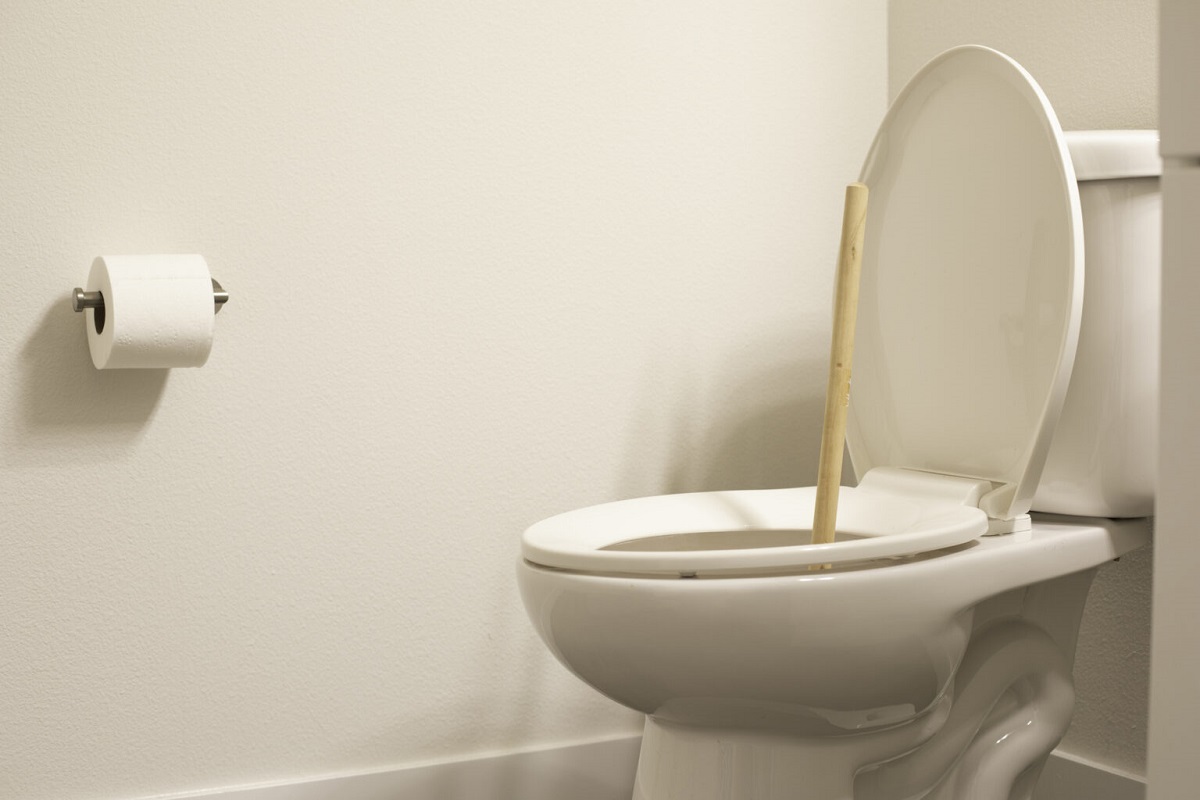

Articles
How To Keep Toilet From Clogging
Modified: October 20, 2024
Discover effective articles and tips on how to prevent your toilet from clogging. Keep your plumbing running smoothly with expert advice and solutions.
(Many of the links in this article redirect to a specific reviewed product. Your purchase of these products through affiliate links helps to generate commission for Storables.com, at no extra cost. Learn more)
Introduction
Every homeowner dreads the inconvenience and mess caused by a clogged toilet. It’s a plumbing issue that can disrupt your daily routine and leave you scrambling for a quick solution. Understanding the common causes of toilet clogs and adopting preventive measures can help you avoid this frustrating problem.
A clogged toilet can occur due to various reasons, from flushing excessive toilet paper to disposing of non-flushable items. It’s important to remember that toilets are designed to handle human waste and toilet paper, and flushing anything else can lead to blockages in the plumbing system.
In this article, we will explore effective techniques to prevent toilet clogs. We will discuss proper flushing techniques, using the right amount of toilet paper, avoiding the flushing of non-flushable items, regular maintenance and cleaning, and other preventive measures to keep your toilet clog-free.
By following these guidelines, you can minimize the chances of facing a clogged toilet and ensure the smooth operation of your plumbing system. So let’s dive in and learn how to keep your toilet from clogging.
Key Takeaways:
- Proper flushing techniques, using the right amount of toilet paper, and avoiding non-flushable items are key to preventing toilet clogs. Regular maintenance and educating household members are essential for a clog-free toilet.
- Utilizing a plunger or toilet auger effectively can help clear stubborn clogs, but preventive measures such as proper paper usage and regular plumbing maintenance are crucial for avoiding toilet clogs altogether.
Read more: How To Keep Gutters From Clogging
Understanding the Causes of Toilet Clogs
To effectively prevent toilet clogs, it’s crucial to understand the common causes behind them. By being aware of these factors, you can take proactive steps to avoid potentially messy and inconvenient situations.
1. Flushing Excessive Toilet Paper: One of the main culprits behind toilet clogs is the excessive use of toilet paper. While toilet paper is designed to break down easily in water, using too much at once can overwhelm the plumbing system. It’s important to use only the necessary amount of toilet paper and flush a few times if needed, rather than attempting to flush a large amount at once.
2. Flushing Non-Flushable Items: Many people make the mistake of flushing items down the toilet that should not be flushed. Items such as wet wipes, feminine hygiene products, dental floss, cotton balls, and paper towels do not break down easily in water and can cause blockages in the plumbing pipes. It’s essential to dispose of these items properly in the trash rather than flushing them down the toilet.
3. Low Water Flow: In some cases, the water flow in your toilet may be insufficient to effectively carry away waste. This can happen due to a build-up of sediment or mineral deposits in the water supply line or the toilet’s internal passages. It’s important to regularly check and clean these components to ensure proper water flow and prevent clogs.
4. Faulty Toilet Design or Installation: Sometimes, toilet clogs can occur due to structural or installation issues. If your toilet was poorly designed or installed, it may not have the proper flushing power or drain capacity. In such cases, consulting a professional plumber can help identify and rectify the problem.
5. Tree Root Intrusion: Another less common but possible cause of toilet clogs is tree root intrusion into the sewer line. Tree roots seek out moisture, and if there are cracks or leaks in the sewer line near your property, they can grow into the pipes and cause obstructions. If you suspect tree root intrusion, it’s important to call a professional plumber to assess and resolve the issue.
By understanding the causes of toilet clogs, you can take preventive measures to avoid them. In the following sections, we will discuss techniques such as proper flushing, using the right amount of toilet paper, regular maintenance, and other preventive measures that can help keep your toilet clog-free.
Proper Flushing Techniques
While flushing the toilet may seem like a simple task, using proper flushing techniques can significantly reduce the chances of a clog. Follow these guidelines to ensure an effective flush and maintain the proper functioning of your toilet.
1. Use the Full Flush: When flushing, make sure to utilize the full flush option if your toilet has one. This will release a larger amount of water, providing more force to carry away waste and prevent potential clogs. If your toilet does not have a full flush option, ensure that you hold the handle down for a sufficient amount of time to allow adequate water flow.
2. Flush Multiple Times if Necessary: If you need to dispose of a large amount of toilet paper, it’s better to flush multiple times rather than attempting to flush it all at once. Flushing small amounts at a time will ensure that the water flow remains sufficient to carry away the waste, reducing the risk of a clog.
3. Teach Proper Flushing Habits: If you have children or guests who are not familiar with proper flushing techniques, it’s essential to educate them. Teach them to only flush toilet paper and waste, and discourage them from disposing of non-flushable items down the toilet. By instilling good flushing habits, you can prevent unnecessary clogs and maintain the functionality of your toilet.
4. Check the Flapper Valve: The flapper valve is the component that controls the flow of water from the tank into the bowl during a flush. Over time, the flapper valve can deteriorate or become misaligned, leading to inefficient flushing and potential clogs. Regularly inspect the flapper valve and ensure it is in good condition. If necessary, replace it to maintain proper flushing performance.
5. Upgrade to a High-Performance Toilet: If you have an older toilet that frequently clogs despite using proper flushing techniques, consider upgrading to a high-performance toilet. These modern toilets are designed to provide a powerful flush while using less water. Investing in a high-efficiency toilet can greatly reduce the chances of clogs and improve overall water efficiency in your home.
By implementing these proper flushing techniques, you can prevent clogs and maintain the optimal functioning of your toilet. In the next section, we will discuss the importance of using the right amount of toilet paper to avoid clogs.
Using the Right Amount of Toilet Paper
Toilet paper is an essential item in every bathroom, but using an excessive amount can lead to clogs in your toilet. By adopting proper usage habits, you can limit the risk of blockages and keep your plumbing system flowing smoothly. Here are some tips on using the right amount of toilet paper:
1. Quality Matters: Opt for high-quality toilet paper that is designed to dissolve quickly in water. Thin and single-ply toilet paper tends to break down more easily, reducing the chances of clogs. Avoid using thick or multi-ply toilet paper, as it takes longer to dissolve and increases the risk of blockages.
2. Use Only What’s Necessary: When using toilet paper, remember that you only need a sufficient amount to ensure cleanliness. Using excessive amounts can overload the plumbing system and result in clogs. Start with a modest amount, and if necessary, add more as you go.
3. Fold, Don’t Scrunch: Instead of scrunching up toilet paper into a ball, fold it neatly. This not only improves its efficiency but also allows for better use of each sheet. Folding also helps to prevent excess paper from being used unnecessarily, reducing the strain on your plumbing system.
4. Flush Multiple Times if Needed: If you find yourself using a larger amount of toilet paper, it’s better to flush multiple times than to try and flush it all at once. Giving the water time to carry away the waste before adding more paper decreases the likelihood of clogs.
5. Consider Alternatives: Another option to reduce the amount of toilet paper used is to consider alternative methods of personal hygiene. Bidets, wet wipes specifically designed for flushing, or reusable cloth wipes can be used as alternatives to using excessive amounts of toilet paper. These options not only reduce the risk of clogs but also contribute to a more eco-friendly bathroom routine.
Remember, the goal is to use enough toilet paper for effective cleanliness without overloading your plumbing system. By following these tips and using the right amount of toilet paper, you can minimize the risk of clogs and ensure a properly functioning toilet.
In the next section, we will discuss the importance of avoiding the flushing of non-flushable items to prevent toilet clogs.
Avoid Flushing Non-Flushable Items
One of the leading causes of toilet clogs is the flushing of non-flushable items down the toilet. Many people mistakenly believe that the toilet can handle anything that can fit through the drain, but this is far from the truth. Flushing non-flushable items can lead to blockages in your plumbing system and cause significant damage. Here’s a list of items that should never be flushed down the toilet:
1. Wet Wipes: Despite being marketed as “flushable,” wet wipes do not break down easily in water like toilet paper does. Instead, they can accumulate and clump together, forming blockages in the pipes. Dispose of wet wipes in the trash to avoid potential clogs.
2. Feminine Hygiene Products: Tampons, sanitary pads, and panty liners should never be flushed down the toilet. These items are designed to absorb moisture and expand, which can lead to blockages in the pipes. Wrap them in tissue and discard them in the trash instead.
3. Dental Floss: Dental floss may seem harmless, but it is not biodegradable and can easily wrap around other debris in the pipes, creating clogs. Always dispose of dental floss in the trash.
4. Cotton Balls and Swabs: Cotton balls and swabs do not break down in water and can accumulate in the pipes, causing blockages. Throw these items in the trash rather than flushing them down the toilet.
5. Paper Towels: While similar in appearance to toilet paper, paper towels are designed to be more durable and absorbent. As a result, they do not break down easily in water and can cause clogs. Dispose of paper towels in the trash.
6. Medications: Flushing medications down the toilet can contaminate water sources and harm the environment. Instead, consult your local pharmacy or drug disposal programs for proper disposal methods.
7. Grease and Oil: It’s important to avoid pouring grease and oil down the toilet or any drain in your home. These substances can solidify and stick to the pipes, causing blockages and restricting water flow.
By understanding the list of non-flushable items, you can prevent clogs and potential damage to your plumbing system. Always discard these items properly by placing them in the trash bin. In the next section, we will discuss the importance of regular maintenance and cleaning to prevent toilet clogs.
To prevent toilet clogs, avoid flushing anything other than toilet paper and human waste. Use a plunger regularly to clear minor clogs and consider installing a low-flow toilet to reduce the risk of clogs.
Read more: How To Keep Hair From Clogging Bathtub Drain
Regular Maintenance and Cleaning
Regular maintenance and cleaning of your toilet are essential to ensure its proper functioning and prevent clogs. By adopting these practices, you can maintain a hygienic and efficient toilet. Here are some tips for regular maintenance and cleaning:
1. Check for Leaks: Periodically inspect your toilet for any leaks or signs of water damage. A leaking toilet can waste water and potentially lead to more significant issues in the future, such as mold growth or pipe damage. If you notice any leaks, address them promptly by replacing faulty seals or contacting a plumber for assistance.
2. Clean the Bowl and Rim: Regularly clean the inside of the toilet bowl and the rim to remove any mineral deposits, stains, or bacteria buildup. Use a toilet bowl cleaner and a brush to scrub the bowl and under the rim. Remember to wear gloves and follow the instructions on the cleaning product. Regular cleaning not only keeps your toilet hygienic but also prevents any buildup that can lead to clogs.
3. Remove Hard Water Deposits: If you live in an area with hard water, mineral deposits can accumulate in your toilet over time. These deposits can obstruct the flow of water and increase the risk of clogs. Remove them by using a vinegar and water solution or a commercial descaler. Apply the solution to the affected areas and scrub gently with a brush.
4. Inspect the Flush Valve and Fill Valve: The flush valve and fill valve are crucial components of your toilet’s flushing mechanism. Inspect them periodically to ensure proper functioning. If you notice any signs of wear, leaks, or malfunctions, consider replacing these components or seek professional help.
5. Test the Water Level: The water level in your toilet tank should be set correctly for optimal flushing performance. If the water level is too low, it may not provide enough force to effectively carry away waste, leading to clogs. Adjust the water level according to the manufacturer’s instructions to ensure proper flushing.
6. Schedule Professional Maintenance: It’s advisable to have a professional plumber inspect your toilet periodically, especially if you notice recurring clogs or other issues. A plumber can assess the condition of your toilet, identify any underlying problems, and recommend appropriate solutions.
By following these regular maintenance and cleaning practices, you can prolong the lifespan of your toilet, prevent clogs, and ensure a smoothly functioning plumbing system. In the next sections, we will discuss the effective utilization of a plunger and a toilet auger to unclog toilets.
Utilizing a Plunger Effectively
When faced with a clogged toilet, a plunger can be a useful tool to help restore proper flush functionality. Knowing how to use a plunger effectively can save you from the inconvenience and potential mess of a clogged toilet. Follow these steps to utilize a plunger properly:
1. Choose the Right Plunger: There are two common types of plungers – a cup plunger and a flange plunger. The cup plunger is versatile and can be used on sinks, tubs, and toilets, while the flange plunger is specifically designed for toilets. Opt for a flange plunger for more effective results when unclogging a toilet.
2. Position the Plunger: Ensure the plunger covers the entire drain opening in the toilet bowl. Create a good seal by pressing the plunger firmly against the drain, forming a vacuum-like effect.
3. Plunge with Force: Firmly push and pull the plunger in an up-and-down motion to create suction and pressure in the drain. Apply force without breaking the seal to dislodge the clog. Continue plunging for several minutes, evaluating the water drainage after each attempt.
4. Maintain the Seal: Maintain a tight seal between the plunger and the bowl to maximize suction. Lift the plunger gently after each plunge to avoid breaking the seal and disrupting the flow of water.
5. Repeat if Necessary: In some cases, it may take several attempts to clear the clog completely. If the clog persists, repeat the plunging process until the water drains freely. Be patient and persistent, as stubborn clogs may require more effort to remove.
6. Flush and Test: After successfully clearing the clog, flush the toilet to ensure the water drains properly. Observe the flow and check for any signs of remaining clogs. If the water drains smoothly, you have effectively unclogged the toilet.
Remember, using a plunger may not be suitable for all types of toilet clogs or severe blockages. If the clog does not improve despite repeated attempts with a plunger, it is advisable to consult a professional plumber for further assistance.
In the next section, we will discuss the utilization of a toilet auger or snake, which is another effective tool for unclogging toilets.
Using a Toilet Auger or Snake
When a plunger isn’t enough to clear a stubborn toilet clog, a toilet auger or snake can be a valuable tool. A toilet auger is a long, flexible cable with a coiled tip specifically designed for unclogging toilets. Here’s how to use a toilet auger effectively:
1. Prepare the Auger: Attach the crank or handle to the end of the toilet auger, ensuring it is securely in place. The handle provides control while using the auger.
2. Insert the Auger: Carefully insert the coiled end of the auger into the toilet bowl, with the curved tip facing downward. Gently push the cable into the drain until you feel resistance. This indicates that the auger has reached the clog.
3. Rotate the Auger: Begin rotating the auger’s handle or crank, applying steady and controlled pressure. The coiled tip of the auger will start to break up the clog, allowing the cable to push through it or pull it out.
4. Avoid Excessive Force: While it’s essential to apply enough force to break up the clog, be cautious not to use excessive force as it can damage the toilet bowl or plumbing system. Patience and a gentle approach are key.
5. Continue Feeding and Rotating: As you rotate the auger, continue feeding the cable into the drain, maintaining the pressure and rotation until you feel the blockage break apart. If the auger becomes difficult to turn, reverse the rotation and gently pull the cable back while maintaining the pressure.
6. Flush and Test: Once you’ve successfully broken up the clog, carefully remove the auger from the toilet bowl. Flush the toilet to ensure the drain is clear. Repeat the process if needed or consult a professional plumber if the clog persists.
It’s important to note that using a toilet auger or snake requires caution and precision. If you’re uncomfortable using this tool or if the clog persists after multiple attempts, it’s best to seek the assistance of a professional plumber who has the expertise and proper equipment to address the issue.
In the following section, we will discuss preventive measures you can take to avoid toilet clogs altogether.
Preventive Measures to Avoid Clogs
Taking preventive measures is key to avoiding toilet clogs and maintaining the proper function of your plumbing system. By incorporating these simple habits into your daily routine, you can minimize the risk of experiencing a frustrating and inconvenient clog. Here are some preventive measures to keep your toilet clog-free:
1. Use a Trash Bin: Dispose of non-flushable items, such as wet wipes, cotton balls, and feminine hygiene products, in a designated trash bin instead of flushing them down the toilet. This practice alone can significantly reduce the chances of clogs.
2. Educate Household Members: Teach everyone in your household about proper flushing habits and the importance of using the toilet correctly. Ensure all family members are aware of what items should and should not be flushed.
3. Limit Paper Usage: Use an appropriate amount of toilet paper, avoiding excessive use. Remember that toilet paper is designed to break down easily in water, but using too much at once can overwhelm the plumbing system. Fold the toilet paper instead of scrunching it to make it more efficient.
4. Install a Drain Strainer: Place a drain strainer or screen over your toilet drain to catch any small debris or jewelry that might accidentally fall into the toilet. This prevents these items from going down the drain and potentially causing a clog.
5. Regularly Inspect and Clean: Perform routine inspections and cleaning of the toilet to prevent debris or mineral deposits from accumulating and causing clogs. Regularly cleaning the toilet bowl helps maintain its functionality and prevents buildup over time.
6. Water Flow Maintenance: Ensure proper water flow in the toilet by checking the fill valve and flush valve regularly. Maintain the appropriate water level to ensure efficient flushing.
7. Regular Plumbing Maintenance: Schedule regular maintenance with a professional plumber to inspect your toilet and plumbing system. They can identify and address any potential issues before they become major problems.
8. Avoid Pouring Grease and Oil: Dispose of grease, oil, and cooking fat in the trash instead of pouring them down the toilet or any drain. Grease can solidify and accumulate in plumbing pipes, leading to clogs and more significant plumbing issues.
By following these preventive measures, you can significantly reduce the likelihood of experiencing toilet clogs. Not only will this save you time and money on plumbing repairs, but it will also ensure a stress-free and properly functioning bathroom.
Read more: How To Remove Clog In Toilet Bowl
Conclusion
Toilet clogs can disrupt your daily routine and cause unnecessary stress and inconvenience. However, by understanding the causes of clogs and implementing preventive measures, you can keep your toilet clog-free and maintain the smooth operation of your plumbing system.
Start by adopting proper flushing techniques, utilizing the full flush option or flushing multiple times if necessary. Use the right amount of toilet paper and fold it instead of scrunching to prevent overloading the plumbing system. Avoid flushing non-flushable items like wet wipes, feminine hygiene products, and dental floss.
Regular maintenance and cleaning are crucial to preventing clogs. Inspect for leaks, clean the bowl and rim regularly, and remove hard water deposits to ensure proper flow and prevent blockages. Utilize a plunger or a toilet auger effectively to clear clogs when necessary, but don’t hesitate to seek professional help if needed.
Lastly, practicing preventive measures is vital to avoid future clogs. Educate household members about proper toilet usage, use a trash bin for non-flushable items, and install a drain strainer to catch debris. Regular plumbing maintenance and avoiding the disposal of grease and oil down the toilet are also key preventive measures.
By following these guidelines and being proactive in maintaining your toilet’s functionality, you can minimize the chances of experiencing toilet clogs. Taking these preventive measures will ensure that your bathroom remains a stress-free and smoothly functioning space.
Remember, if you encounter a persistent or severe clog, it is best to consult a professional plumber who can provide expert assistance and resolve any plumbing issues efficiently.
By incorporating these practices into your daily routine, you can have peace of mind knowing that you are taking the necessary steps to keep your toilet clog-free and maintain a properly functioning plumbing system.
Frequently Asked Questions about How To Keep Toilet From Clogging
Was this page helpful?
At Storables.com, we guarantee accurate and reliable information. Our content, validated by Expert Board Contributors, is crafted following stringent Editorial Policies. We're committed to providing you with well-researched, expert-backed insights for all your informational needs.
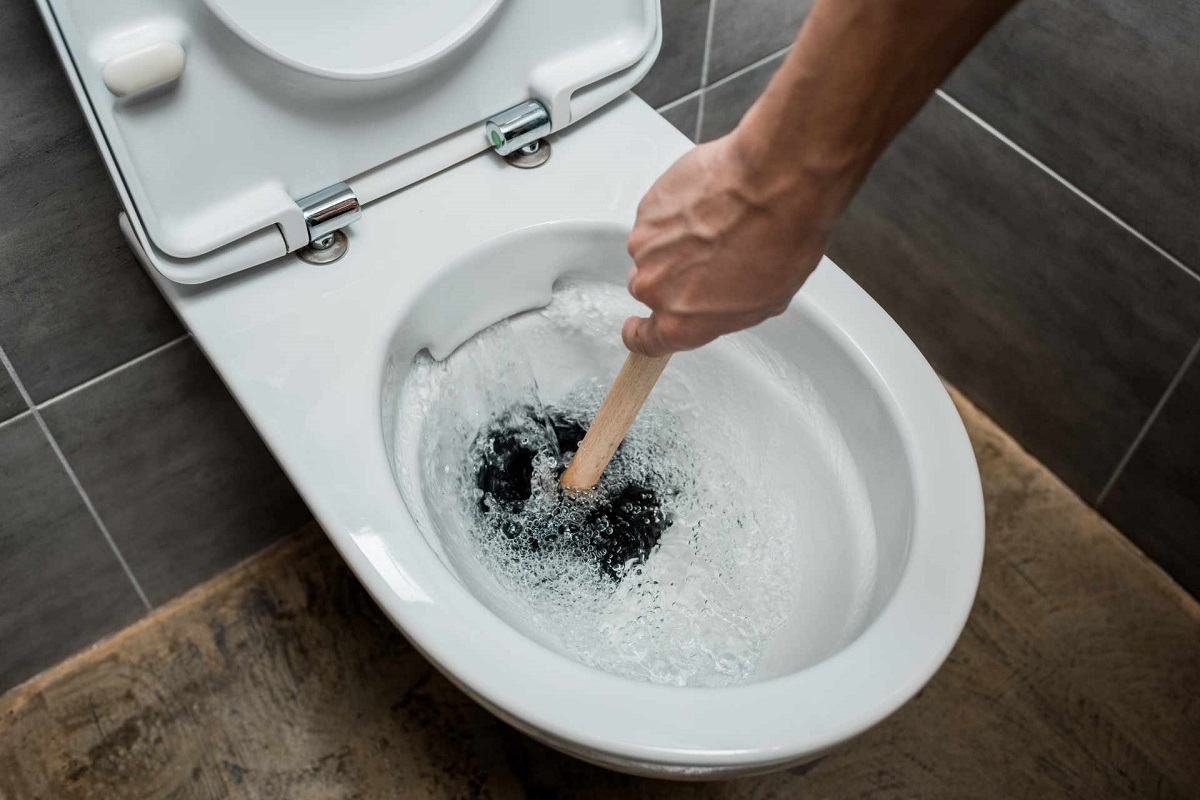
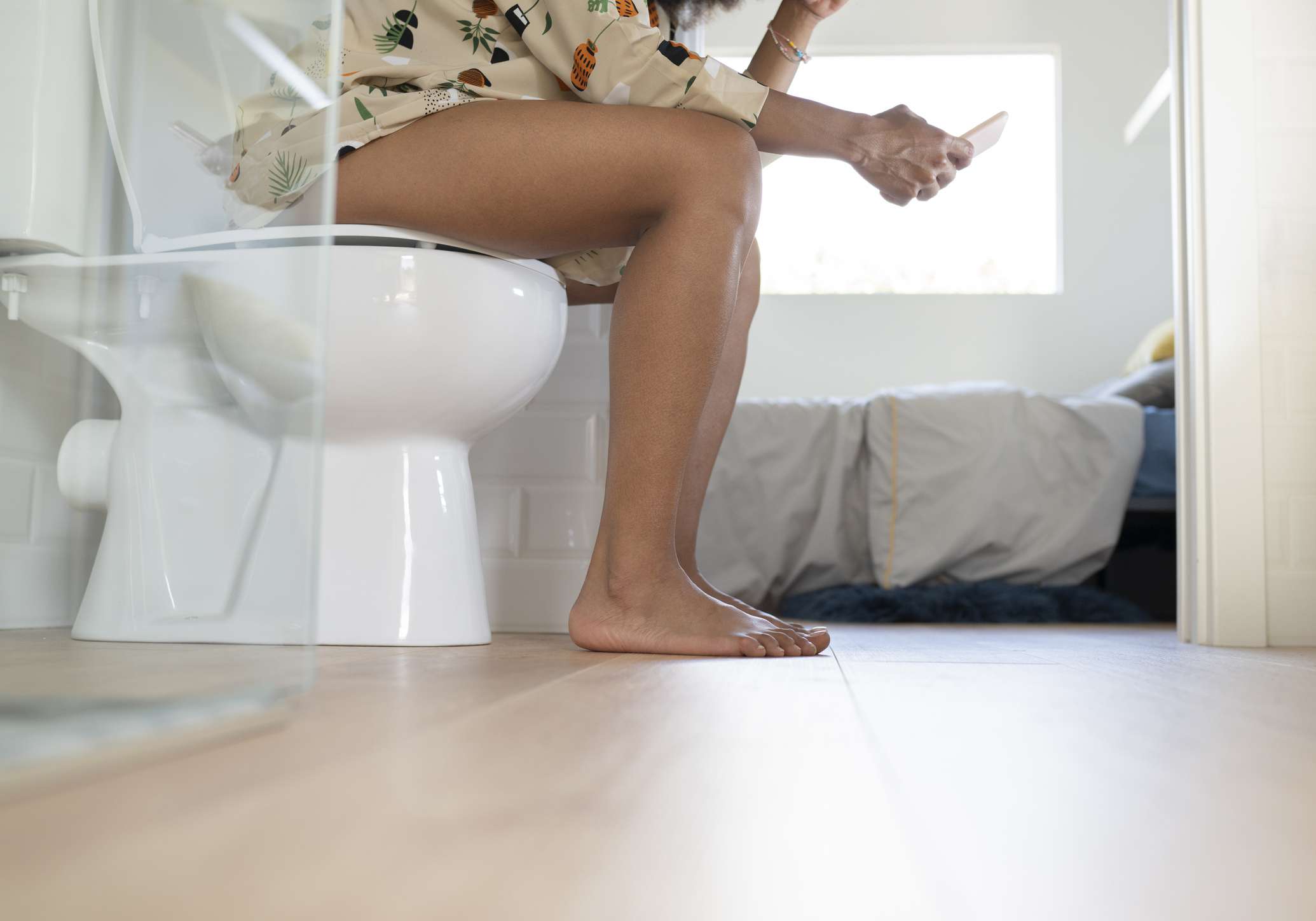
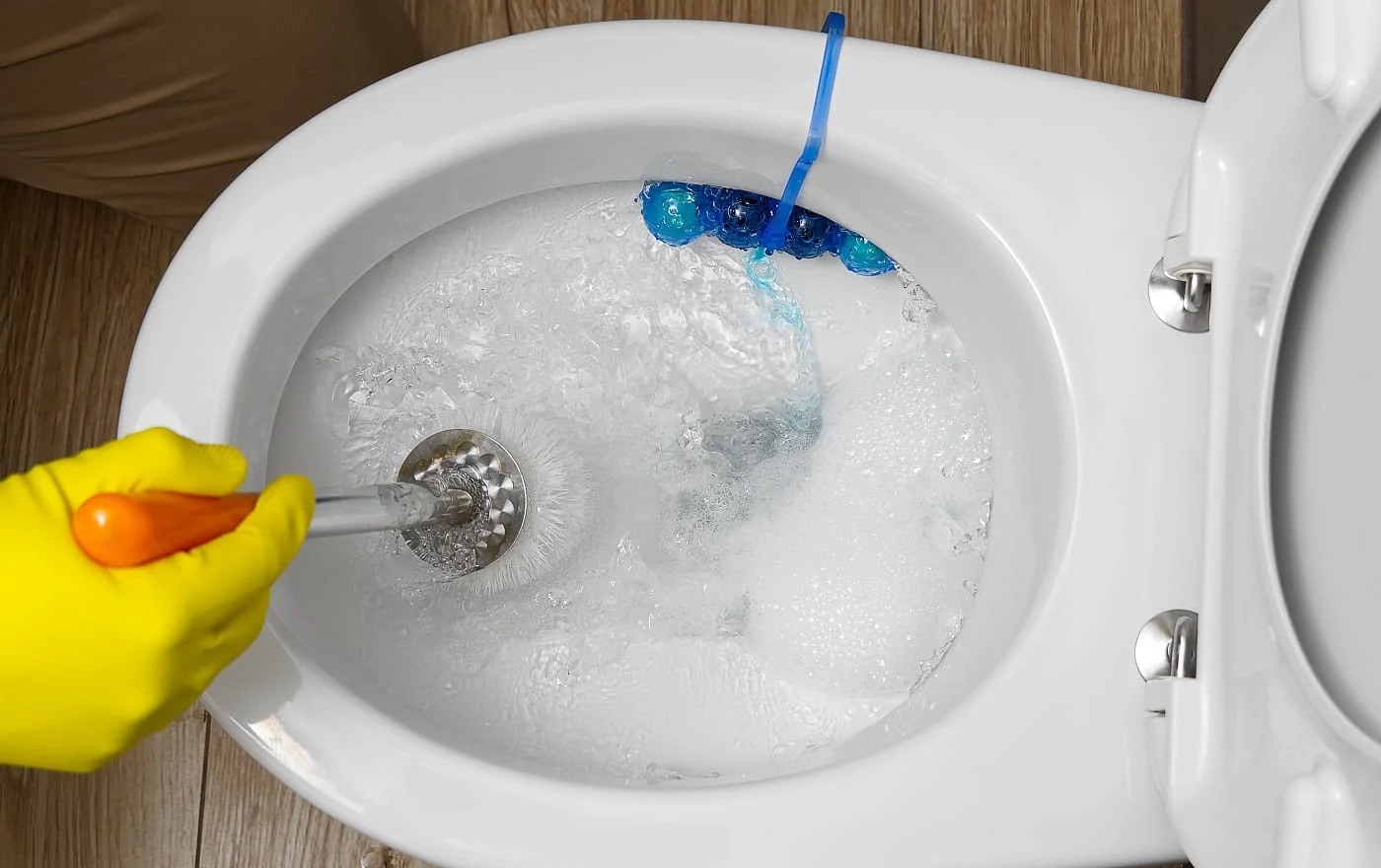
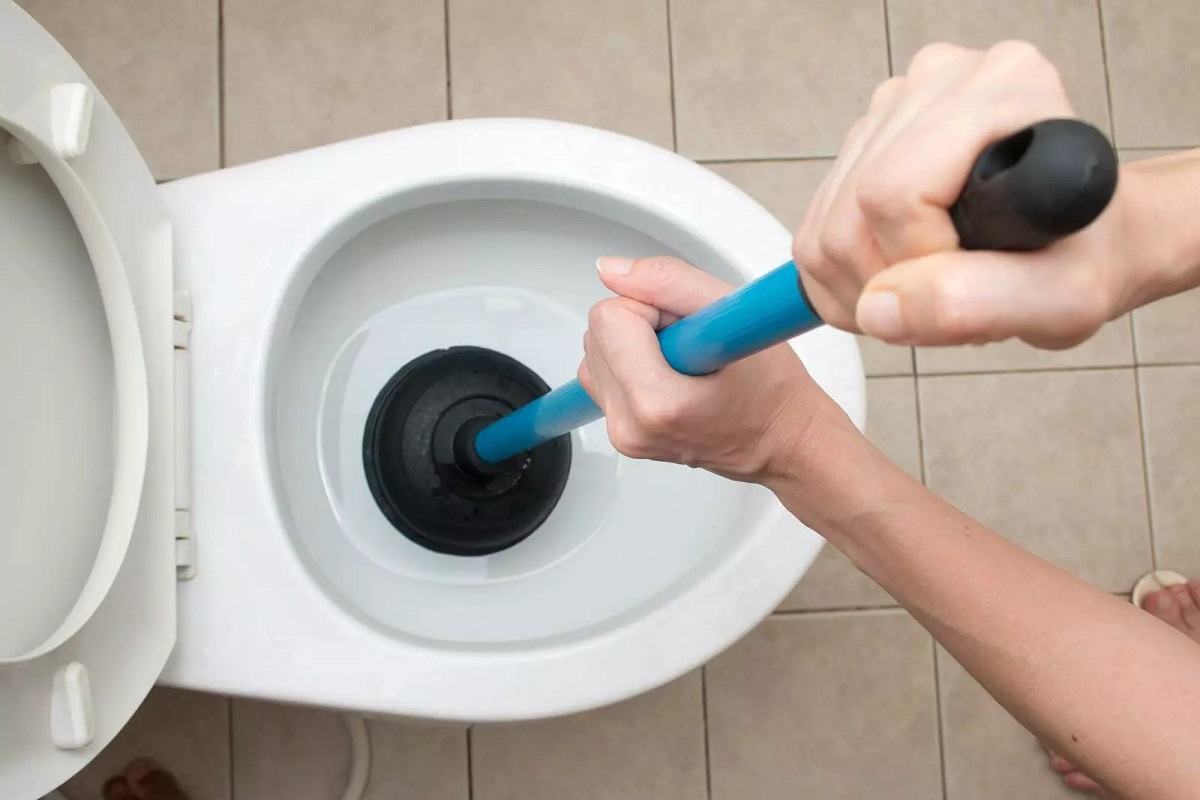
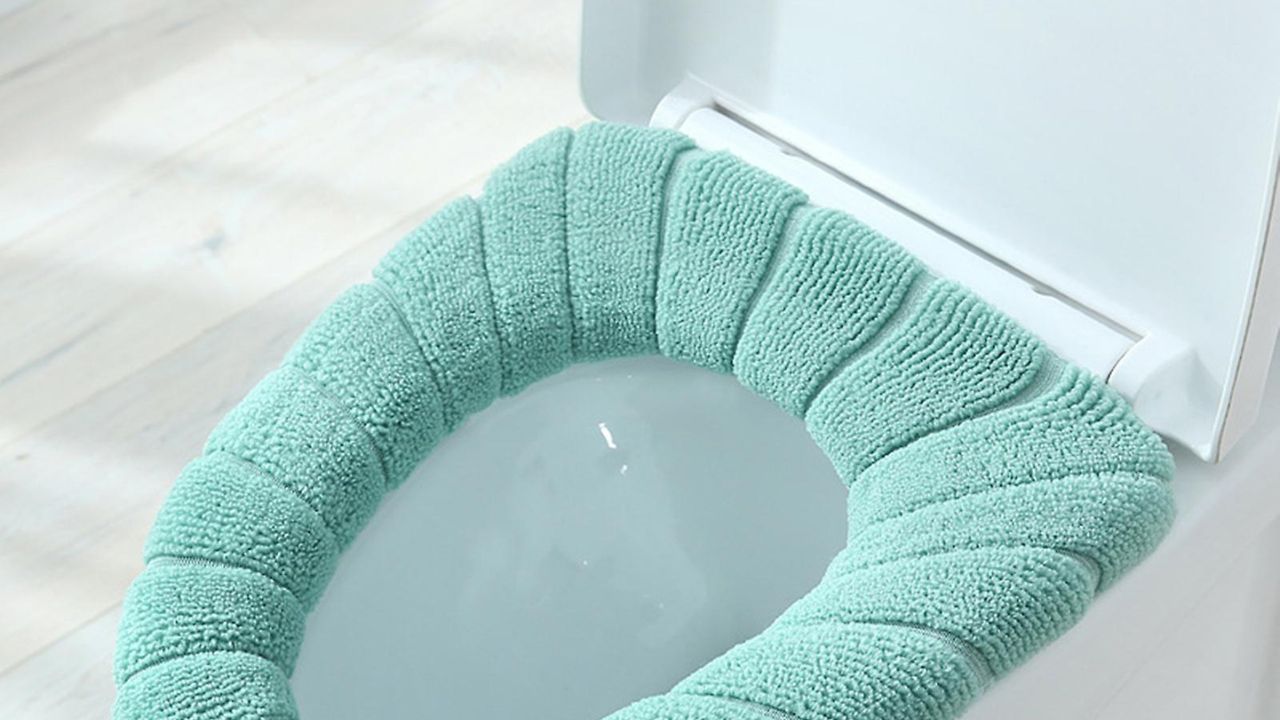
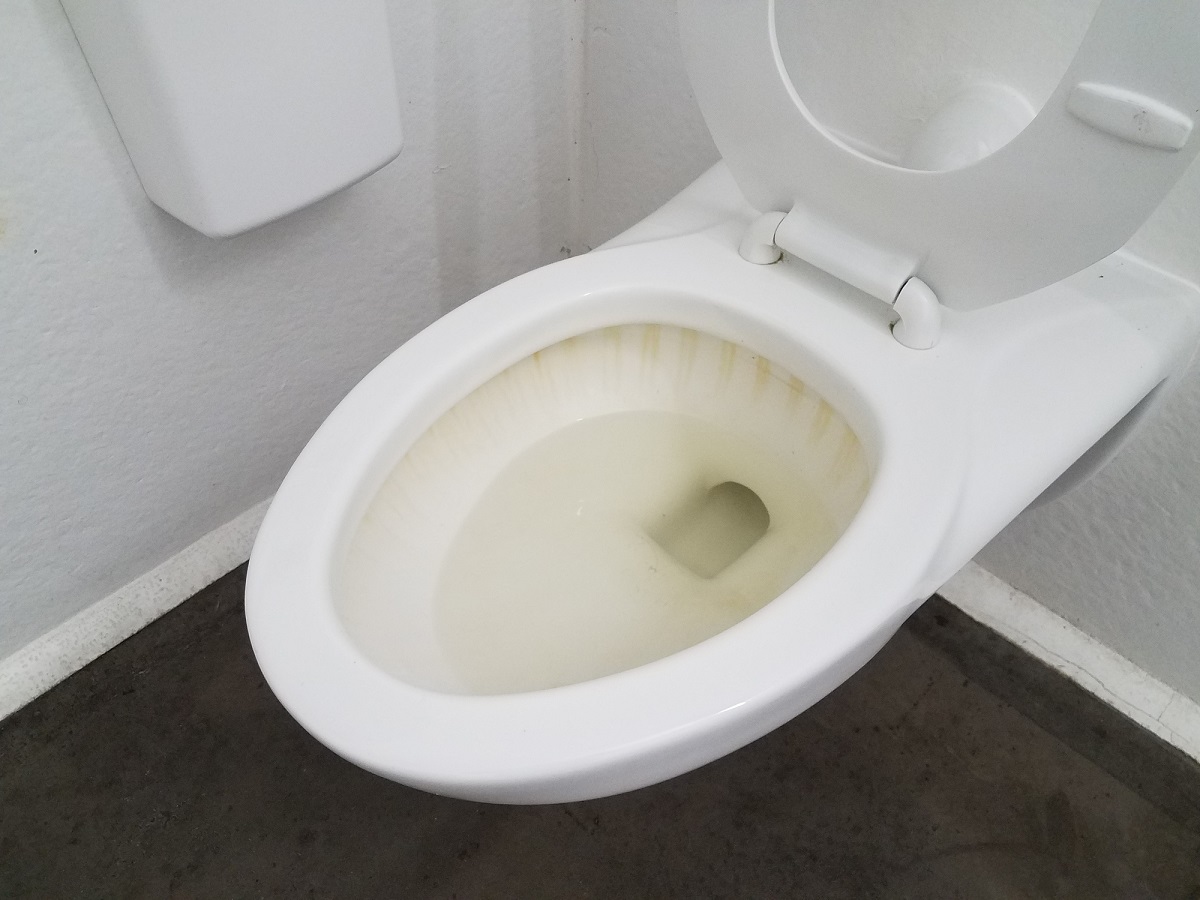
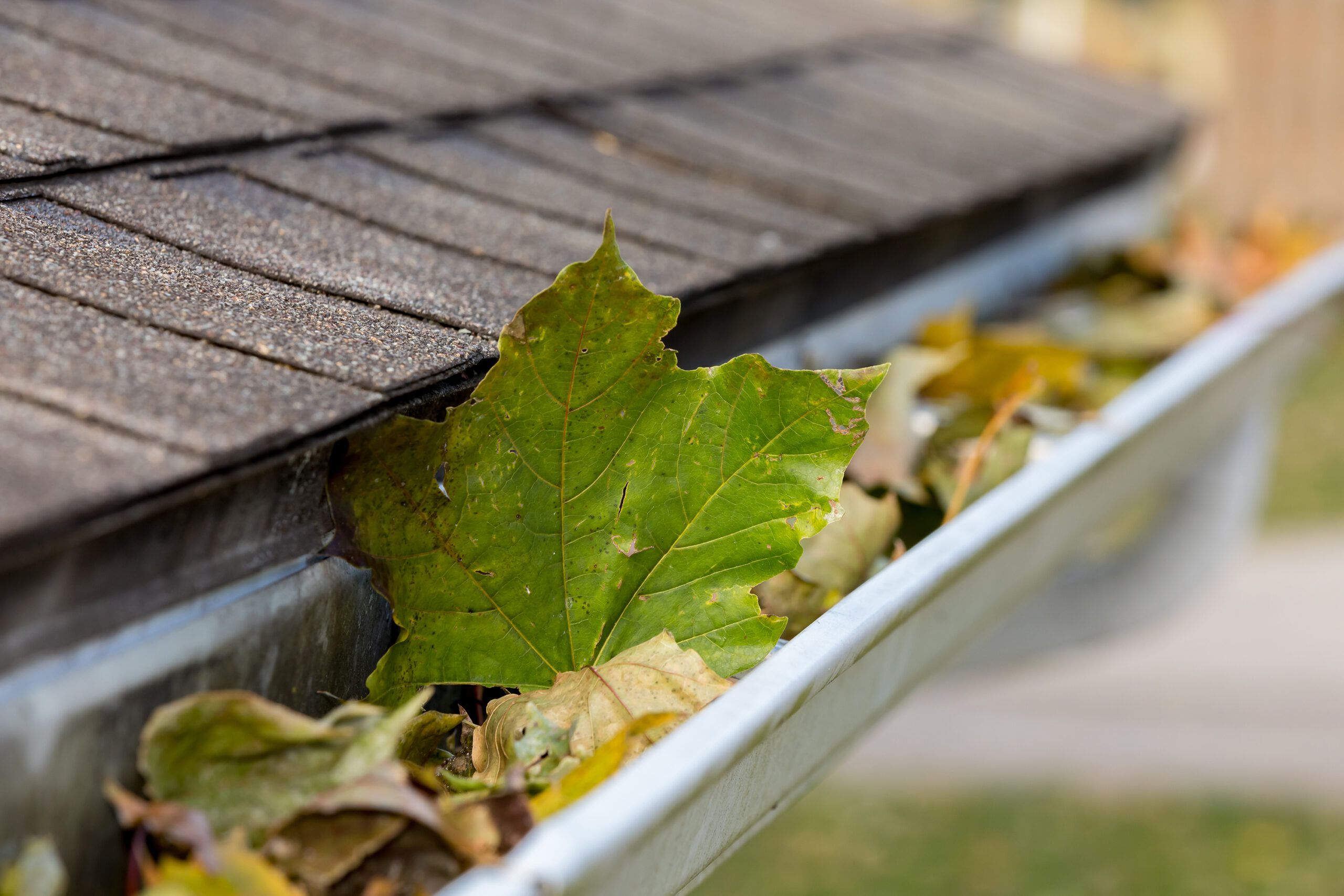
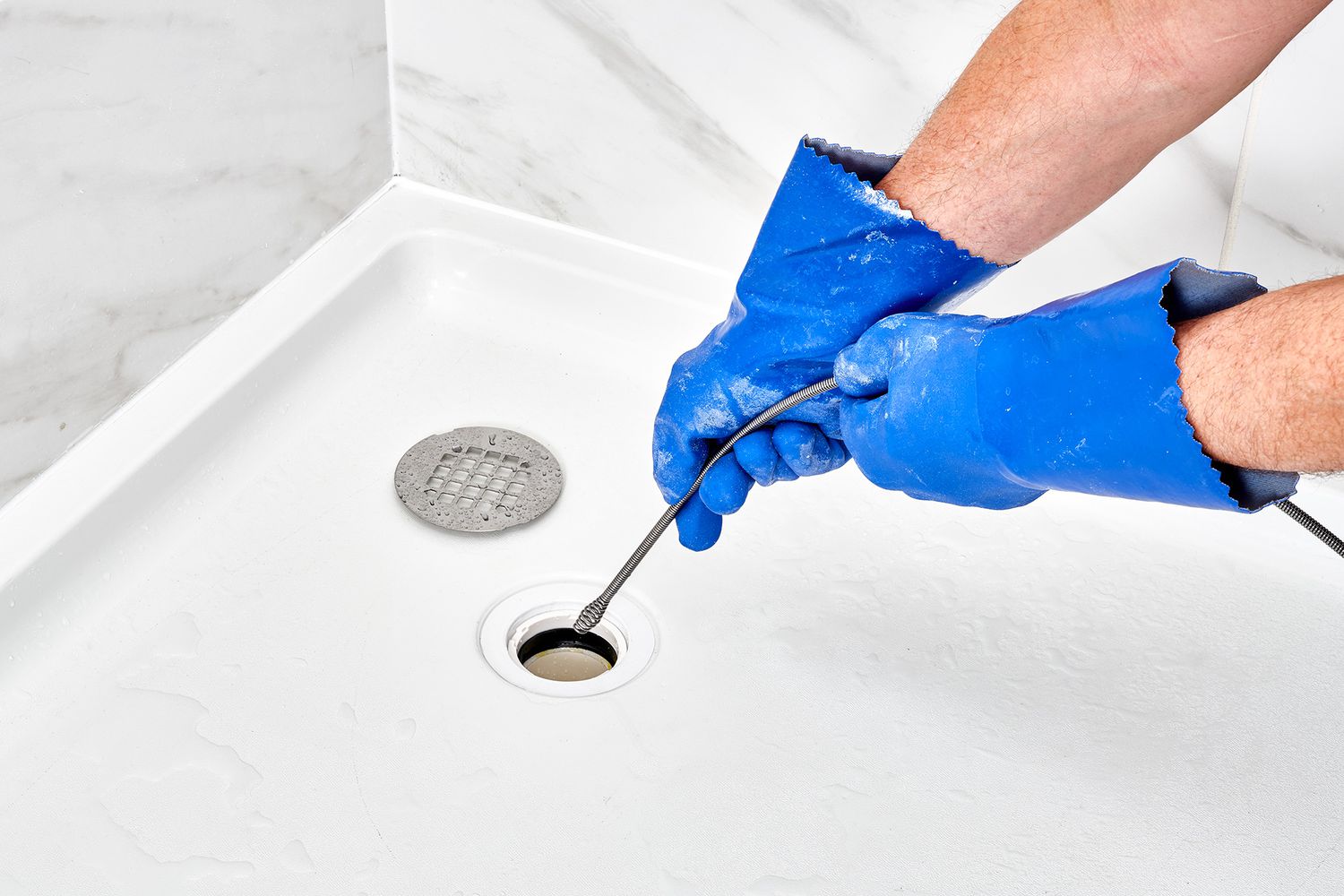
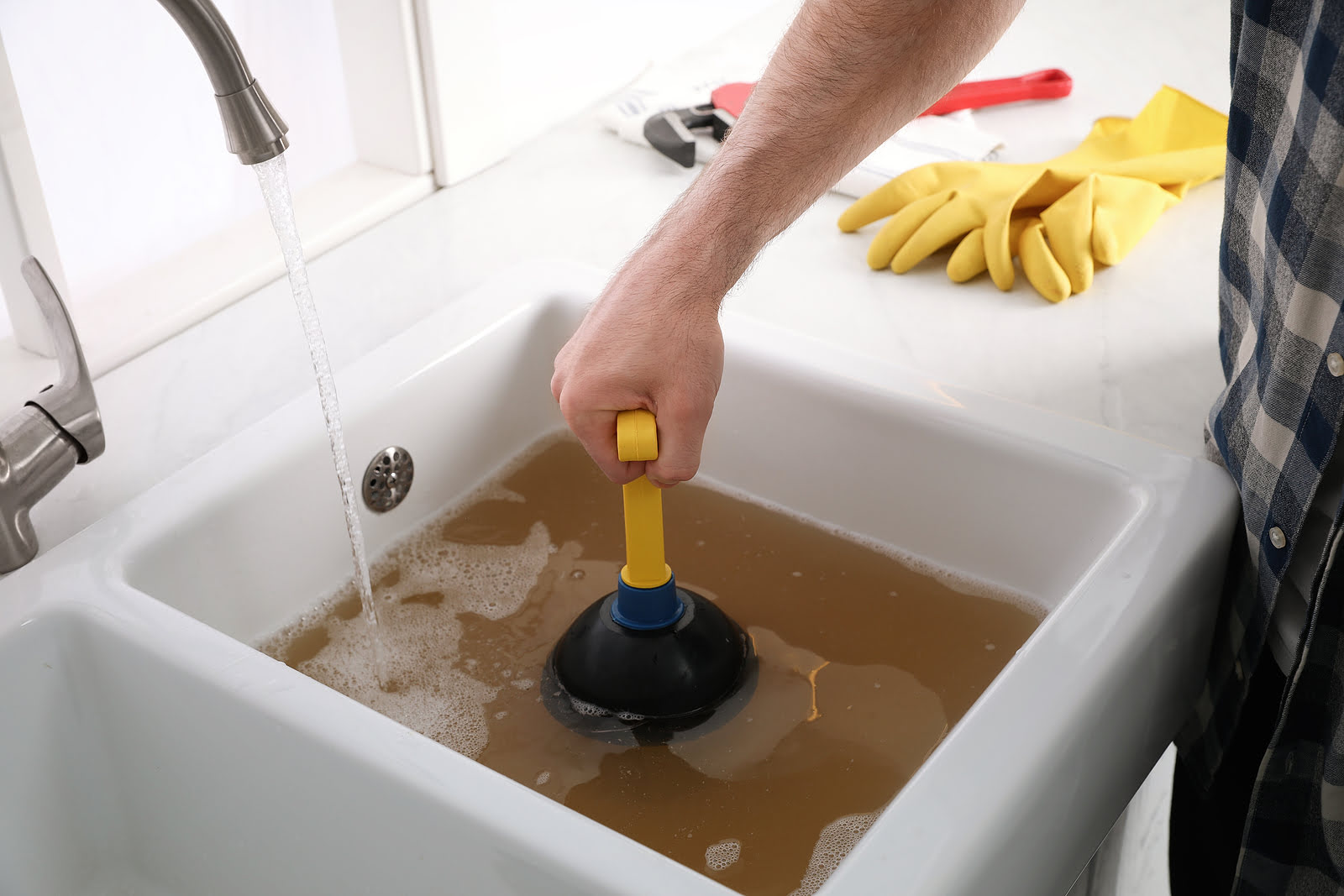
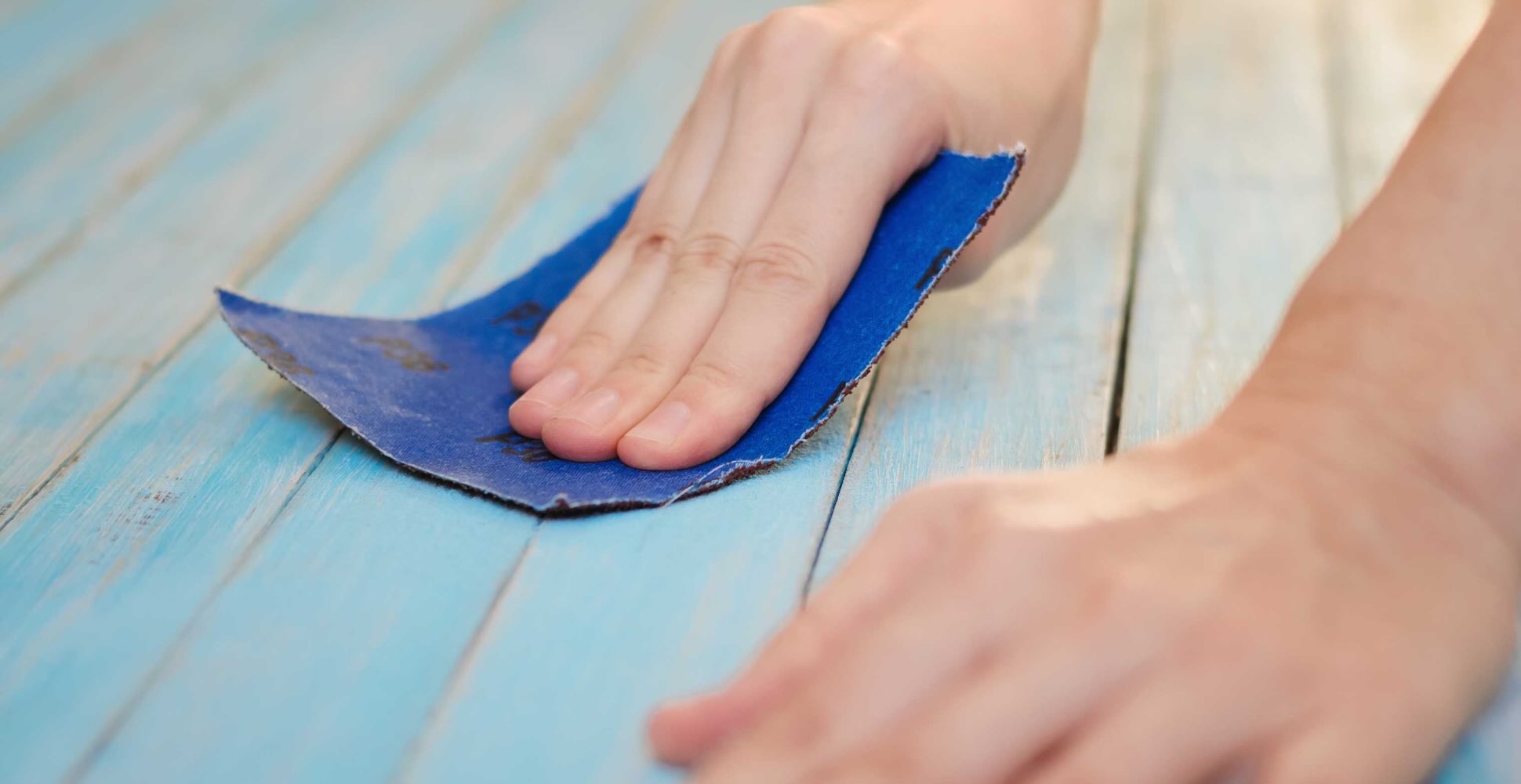
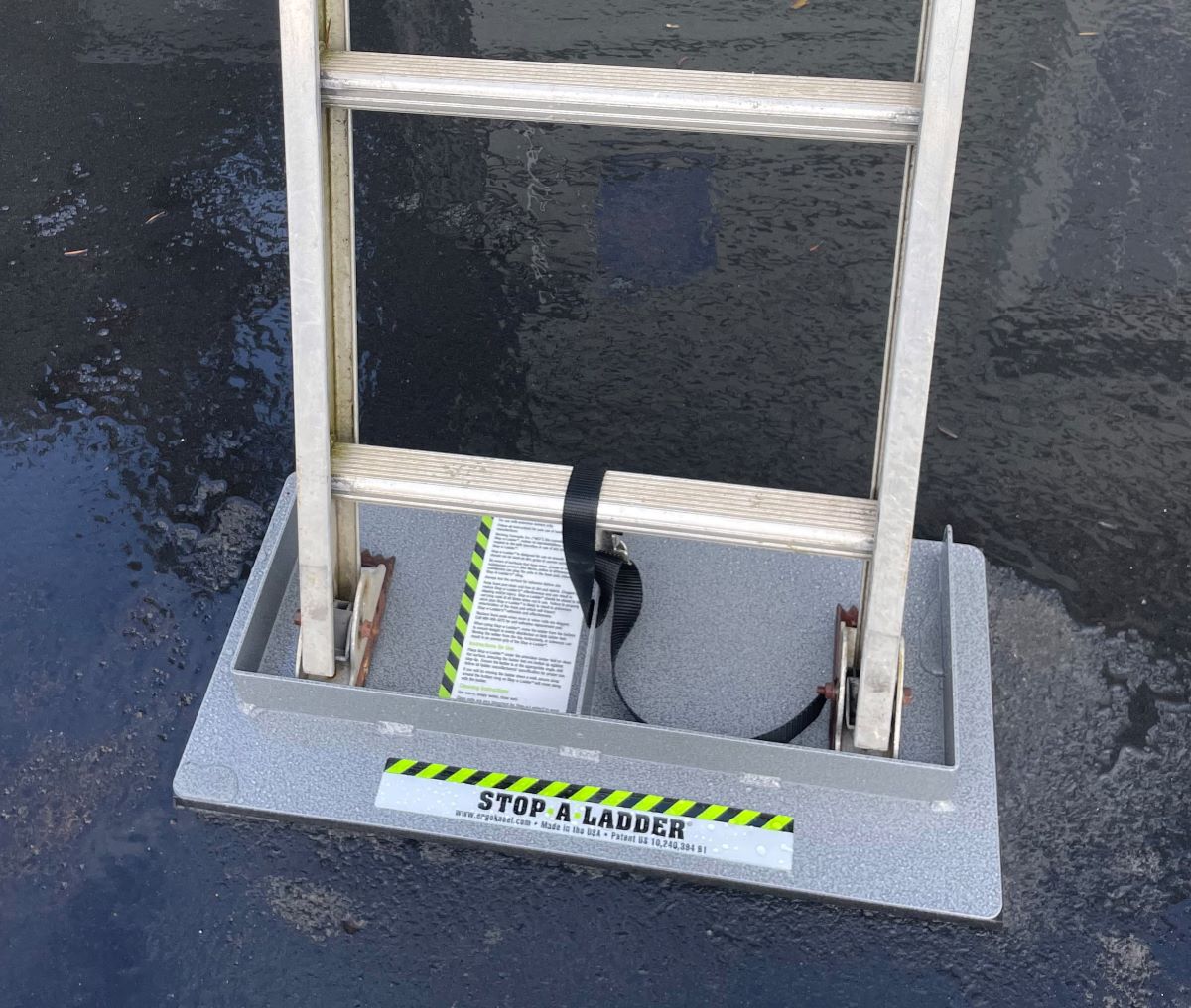
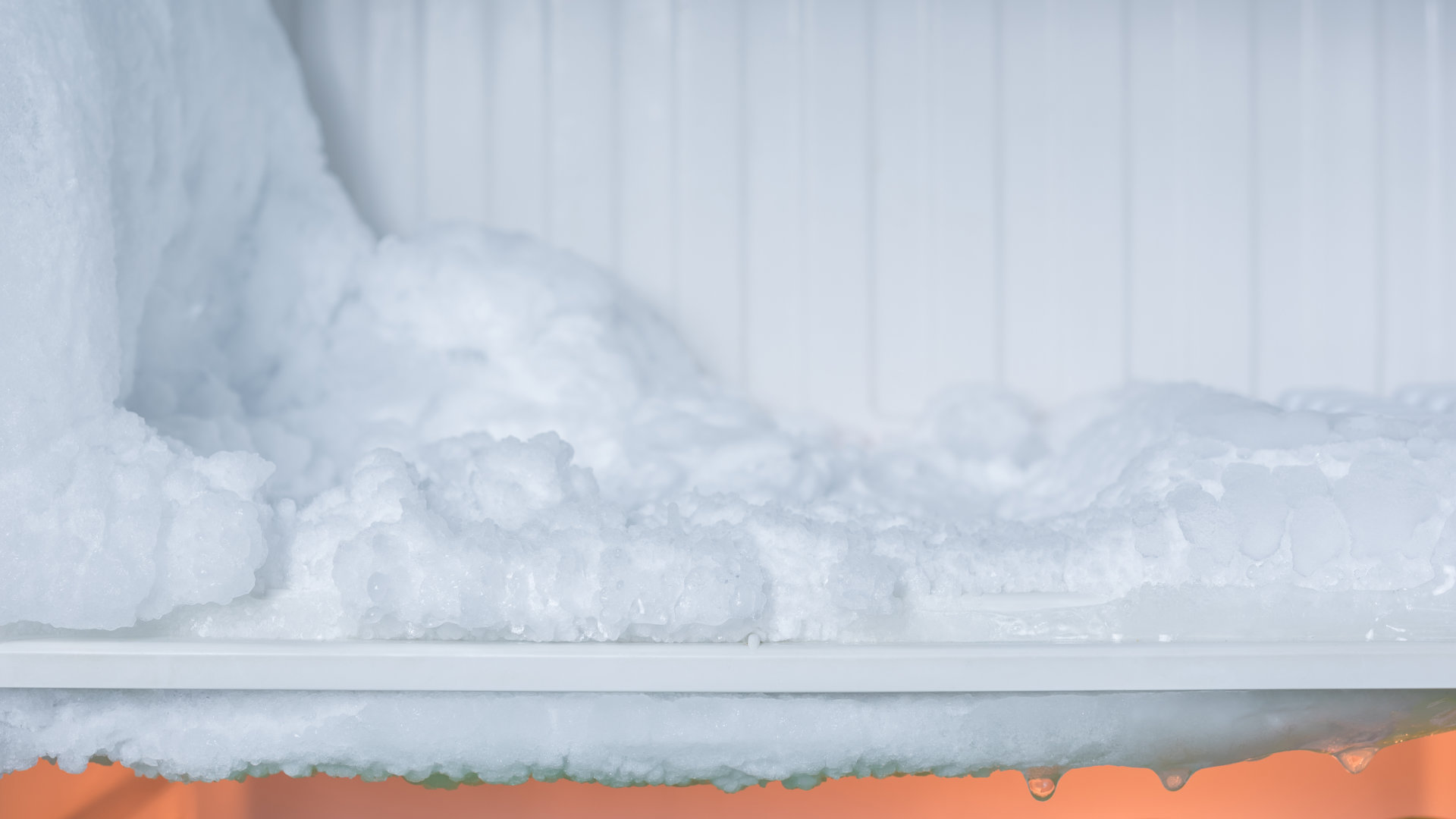
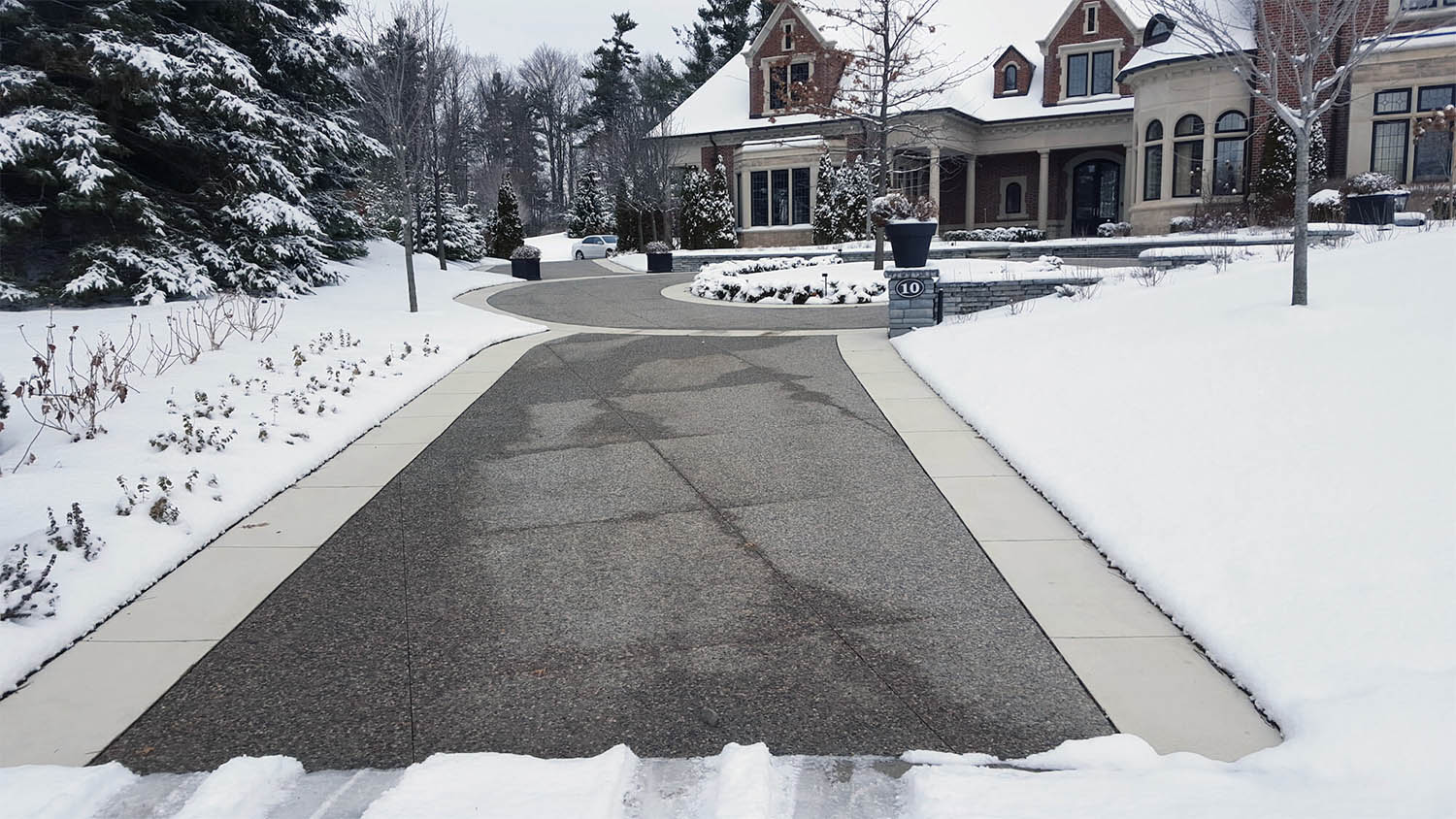

0 thoughts on “How To Keep Toilet From Clogging”